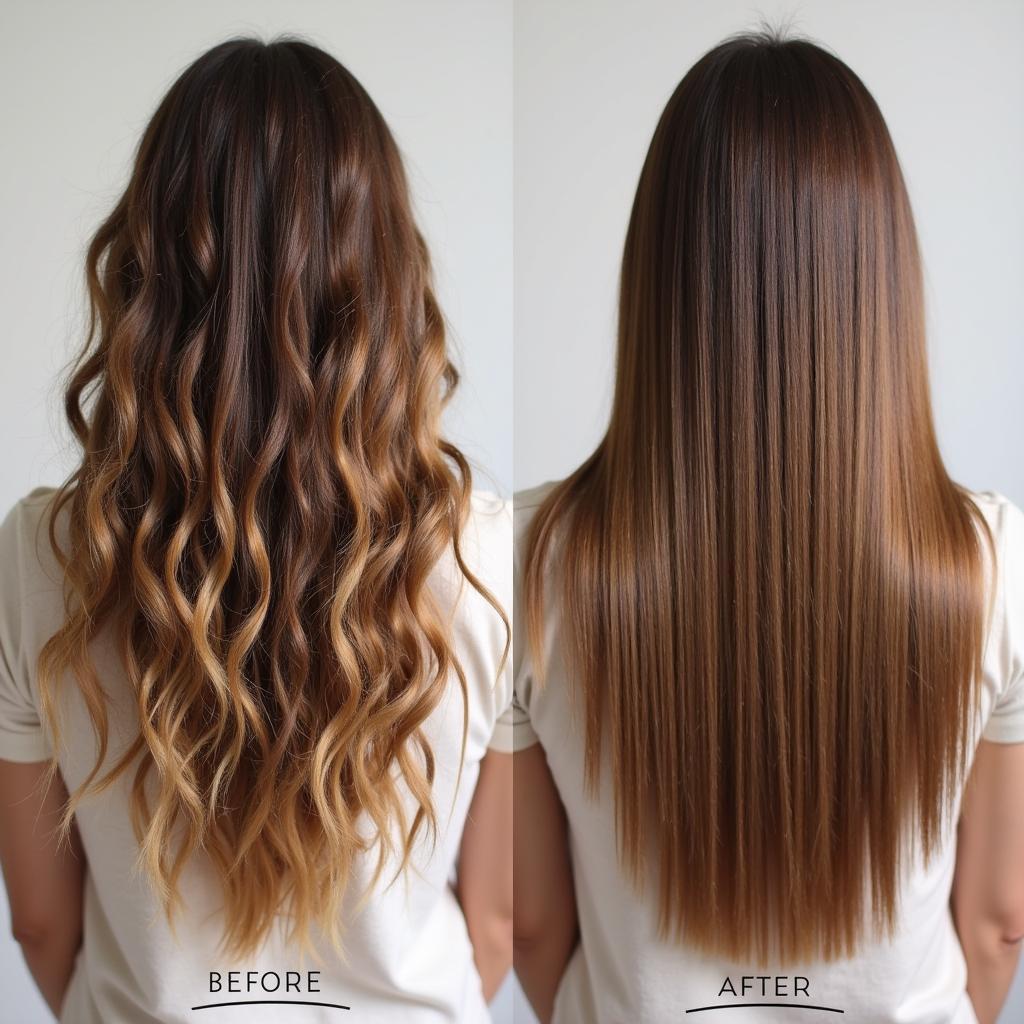Understanding the Grey Hair Percentage Chart
- AmazoniaSilva
- Tháng 12 11, 2024
- Zodiac signs
- 0 Comments
Grey hair is a natural part of aging, and while some embrace it as a sign of wisdom and experience, others may feel self-conscious about it. A Grey Hair Percentage Chart can be a useful tool for understanding the typical progression of greying and where you might fall on the spectrum. Let’s delve into the factors influencing greying, how these charts are used, and what they can (and can’t) tell us about this natural process.
Decoding the Grey Hair Percentage Chart: What Does it Mean?
Grey hair percentage charts typically show the average percentage of grey hairs a person might have at different ages. These charts are often presented visually, making it easy to see the general trend. However, it’s important to remember that these charts represent averages, not hard and fast rules. Your individual experience with greying might be quite different.
Factors Influencing Grey Hair Percentage
Several factors contribute to the rate at which your hair turns grey. Genetics play a significant role. If your parents or grandparents went grey early, you might too. Other factors include ethnicity, stress levels, and even certain medical conditions.
Is Stress Really a Factor in Greying?
While the link between stress and premature greying is still being researched, anecdotal evidence and some studies suggest a correlation. Stress hormones may affect melanin production, the pigment responsible for hair color.
How Accurate are Grey Hair Percentage Charts?
Grey hair percentage charts offer a general overview of the greying process, but they shouldn’t be taken as gospel. Individual experiences vary greatly. Some people may start seeing grey hairs in their 20s, while others may not notice significant greying until their 50s or later.
Why Your Grey Hair Journey Might Be Unique
Your genetic makeup, lifestyle, and overall health all play a part in your individual greying timeline. There’s no single “right” way to go grey.
Embracing Your Grey: Tips and Tricks
Whether you choose to embrace your grey or explore options to cover it, there are plenty of ways to feel confident and stylish at any age.
-
Hair Care for Grey Hair: Grey hair can sometimes be drier and more brittle. Using moisturizing products and avoiding harsh chemicals can help maintain its health and shine.
-
Styling Options for Grey Hair: From sleek silver bobs to long, flowing grey locks, there are countless stylish ways to rock your natural grey.
-
Coloring Options for Grey Hair: If you prefer to cover your grey, there are numerous hair dyes and color treatments available. Consult with a stylist to find the best option for your hair type and desired look.
Conclusion: Your Grey Hair, Your Way
Understanding the grey hair percentage chart can offer insights into the typical progression of greying. However, remember that your individual experience is unique. Embrace your natural beauty, regardless of where you fall on the grey hair spectrum.
FAQs
-
At what age does greying typically start? Greying can begin as early as the 20s, but it’s more common to see significant greying in the 30s and 40s.
-
Can stress really cause grey hair? While the link is still being researched, some studies suggest a correlation between stress and premature greying.
-
Are grey hair percentage charts accurate? These charts provide a general overview, but individual experiences vary greatly.
-
How can I care for my grey hair? Using moisturizing products and avoiding harsh chemicals can help maintain the health and shine of grey hair.
-
What are some styling options for grey hair? There are numerous stylish haircuts and color treatments for grey hair. Consult with a stylist to find the best option for you.
For any further assistance, please contact us at [email protected] or visit our office at Fifth Avenue, 34th Floor, New York, NY 10118, USA. We have a 24/7 customer service team ready to help. You might also be interested in our other articles on hair care and aging gracefully, accessible on our website.
